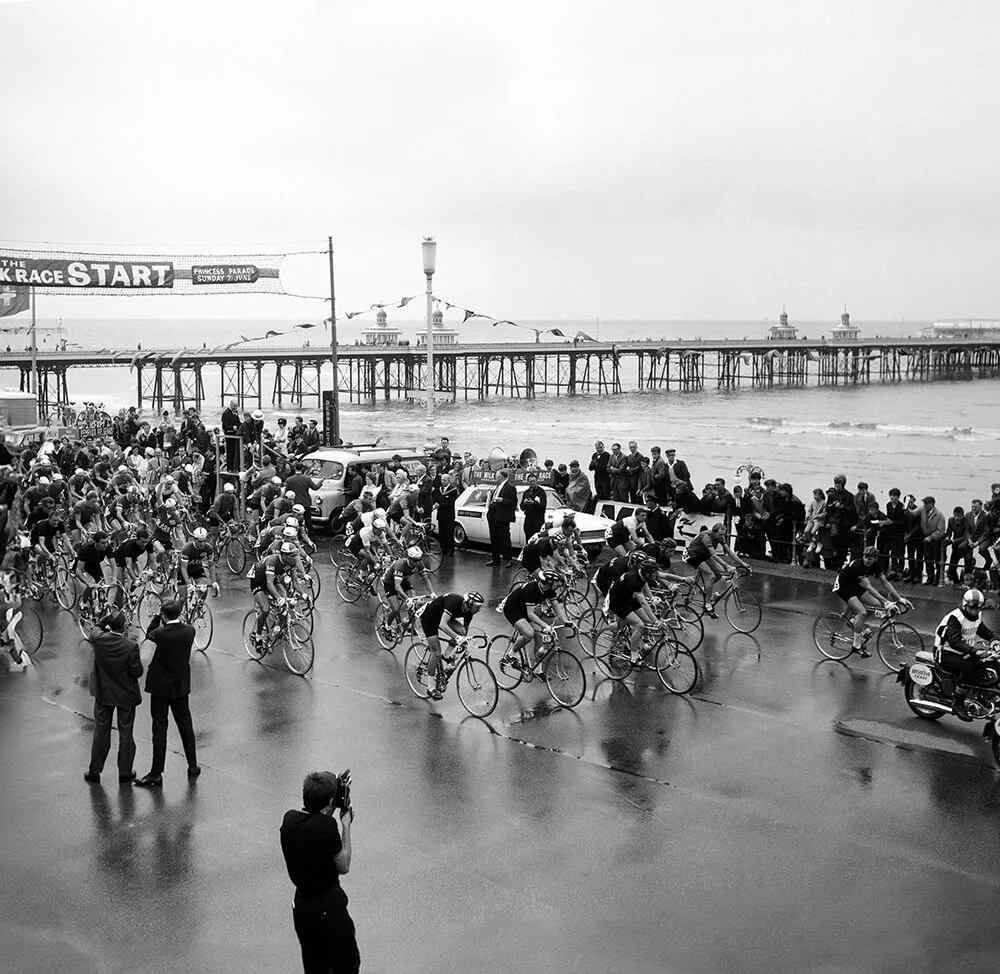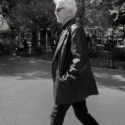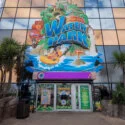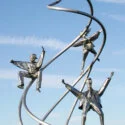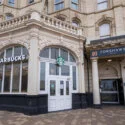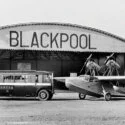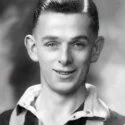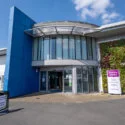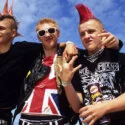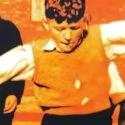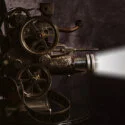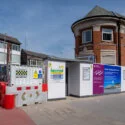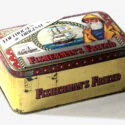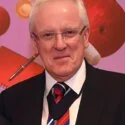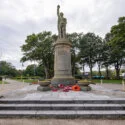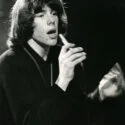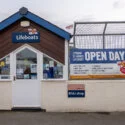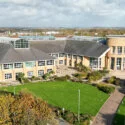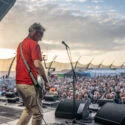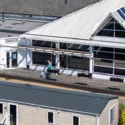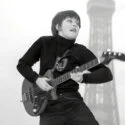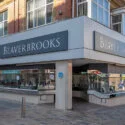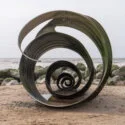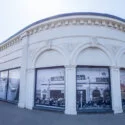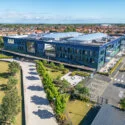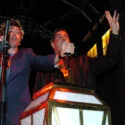The Tour of Britain cycle race has long been a highlight of the British sporting calendar, drawing international and local talent to compete in a grueling test of endurance and speed. On 7 June 1964, the race made a memorable stop in Blackpool, a town synonymous with British seaside culture. Blackpool in the 1960s was a thriving hub of entertainment, tourism, and community spirit, and the town’s iconic landmarks, such as the Blackpool Tower and the bustling promenade, provided a dramatic backdrop to the race. Blackpool’s wide streets and the scenic coastal roads of Lancashire created a natural stage for the cyclists, who braved both challenging weather conditions and enthusiastic crowds. The town transformed into a sporting arena as spectators lined the promenade and other key points along the route, umbrellas in hand, while the weather delivered the kind of rain-soaked drama typical of British summers. Despite the downpour, the spirit of the spectators was undampened, and their cheers filled the air as the cyclists powered through. The 1964 Tour of Britain, also known then as the Milk Race, was a grueling multi-stage competition that demanded not only physical endurance but also mental resilience, and the Blackpool stage was no exception. The cyclists, dressed in their colourful kits, formed a striking contrast against the grey skies as they pushed through wet roads and gusty coastal winds. The conditions made the stage a true test of skill and determination, with slippery surfaces adding an extra layer of challenge to an already demanding course. The route showcased the town’s coastal beauty while demanding precise handling and stamina from the riders, highlighting not only the skill of the competitors but also the camaraderie and perseverance that define the sport.
For Blackpool’s residents and visitors, the 1964 Tour of Britain was more than a sporting event—it was a community celebration. Families, cycling enthusiasts, and holidaymakers lined the streets, creating a carnival-like atmosphere. The event brought together people of all ages and backgrounds, reflecting the communal spirit of 1960s Britain. The pier and promenade, usually bustling with seaside revelers, became prime viewing spots for the race. Umbrellas, raincoats, and even makeshift shelters were a common sight as spectators braved the weather to catch a glimpse of the cyclists. Many carried cameras, eager to capture the moment, and local newspapers were filled with images and stories about the event in the days that followed. The 1964 Blackpool stage of the Tour of Britain remains a notable chapter in the town’s history, epitomising the resilience and passion of both the competitors and the spectators. For the cyclists, it was a chance to showcase their strength and determination in the face of challenging conditions. For the town, it was an opportunity to highlight Blackpool’s unique charm and its ability to host large-scale events. Photographs and reports from the event have immortalised the day, capturing not only the athletes but also the mood of a bygone era. The images of cyclists racing through rain-slicked streets, framed by cheering crowds and iconic landmarks, are a nostalgic reminder of a time when sport brought communities together in shared celebration. Blackpool demonstrated how towns outside major cities could host world-class sporting events and engage local audiences, and the legacy of events like this lives on, inspiring new generations of cyclists and fans. For those who were there, it remains a cherished memory of a rainy day when Blackpool’s streets came alive with the spirit of competition and the enduring charm of the seaside.
